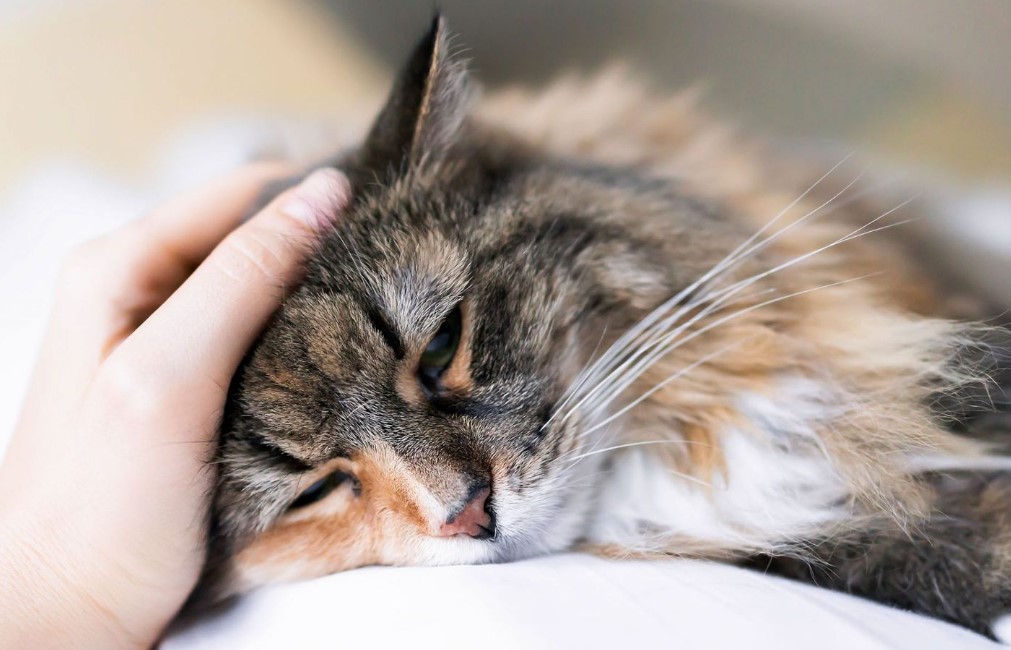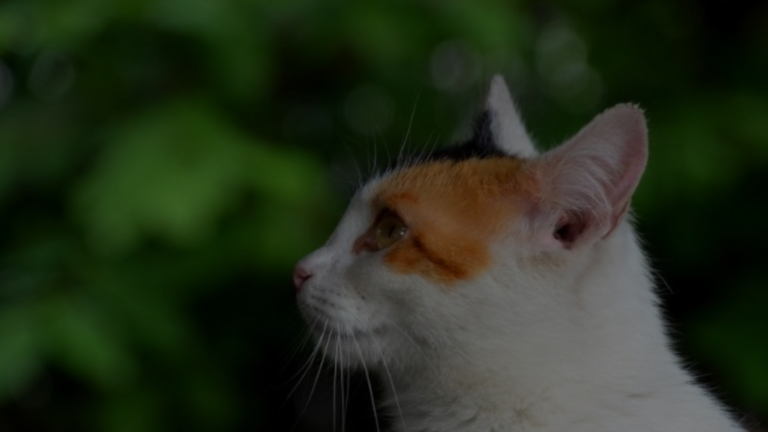Cats, our beloved feline companions, have a natural hunting instinct, and it’s not uncommon for them to catch small prey, such as mice. If you’ve ever wondered what parts of a mouse does a cat not eat, you’re not alone. In this comprehensive guide, we will explore the fascinating world of feline dietary habits and provide insights into what cats eat and avoid when it comes to these tiny rodents.

The Cat’s Instinctive Behavior
Cats: Born Hunters
Cats are natural predators. This natural behavior stems from their wild ancestors, who depended on hunting for survival. Even domestic cats retain this hunting instinct, and it often leads them to catch small animals such as mice, birds, or insects.

Mouse Hunting Ritual
When a cat spots a mouse, it enters predator mode. It stalks its prey silently, relying on its sharp senses of sight, smell, and hearing. Once it pounces, the hunt begins.
What Parts of a Mouse Does a Cat Eat?
The Edible Parts
Cats are obligate carnivores, which means their diet primarily consists of animal tissues and organs. When a cat catches a mouse, it typically consumes the following parts:
- Meat: Cats are particularly fond of the meaty portions of a mouse, including the muscles. These provide essential proteins and nutrients.

Image Credit: Animobile Veterinary Services - Organs: Cats often eat the internal organs, such as the liver and heart. These organs are rich in vitamins and minerals.
- Bones: Some cats may chew on small bones, like those found in a mouse’s limbs. Chewing on bones can help keep their teeth clean.
What Parts Cats Avoid
While cats are natural predators, they are also discerning eaters. There are certain parts of a mouse that they tend to avoid:
- Fur: Cats typically do not consume fur. They may chew on it or play with it but usually do not swallow it.
- Tail: The tail of a mouse is often left behind by a cat. It contains little meat, and cats seem to find it unappealing.
- Claws and Teeth: Cats usually avoid eating the claws and teeth of a mouse. These parts are hard and not as nutritious as other body parts.
Why Do Cats Avoid Some Parts?
Texture and Taste
Cats have a keen sense of taste and texture and are naturally inclined to select the tastiest parts of their prey. Rat skin, tail, claws, and teeth are not as appetizing to them because of their texture and taste.
Nutritional Preferences
Cats are selective about their food because they require specific nutrients for their well-being. They focus on consuming the parts that provide essential proteins, vitamins, and minerals while avoiding less nutritious parts.

Should You Be Concerned?
Generally Safe
In most cases, a cat eating a mouse is not a cause for concern. Cats have been doing this for centuries, and it’s a natural part of their behavior.
Watch for Potential Hazards
However, it’s essential to keep an eye on your cat if they catch a mouse. There are some potential hazards to be aware of:

- Disease: Mice can carry diseases that may be transmitted to your cat. Keep an eye out for any signs of illness and consult a veterinarian if necessary.
- Poison: If the mouse has ingested poison before being caught, it could potentially harm your cat. Look for signs of poisoning, such as vomiting or lethargy.
- Choking Hazard: Small bones from a mouse can pose a choking hazard to your cat. Monitor their behavior and check for any signs of distress.
Conclusion
In conclusion, cats are natural hunters, and when they catch a mouse, they typically consume the meat, organs, and bones while avoiding the fur, tail, claws, and teeth. This behavior is rooted in their instinctive preferences for taste and texture. While it’s generally safe for cats to eat mice, watching for potential health hazards such as diseases, poison, or choking hazards is crucial.
Remember to feed your cat well with a portion of balanced commercial cat food to ensure they are getting all the nutrients they need. If you have concerns about your cat’s diet or behavior, consult your veterinarian for expert guidance.
Resources & References
For more information on cat behavior and dietary needs, consider exploring the following resources:
Recommended Articles
Video Suggestion
You might find this video titled “Can Eating Mice Make Cats Sick?” informative. It discusses the potential health risks associated with cats consuming mice, offering valuable insights for cat owners.
FAQs – What Parts of a Mouse Does a Cat Not Eat
Do cats eat all parts of a mouse?
Yes, except for the stomach.
What organ do cats not eat of mice?
Stomach.
Do cats eat the bones of mice?
Yes, they can but it is not good for them.
Do cats not eat mice?
No, they are carnivores and mice are their natural prey.
Why did my cat eat half a mouse?
Maybe it was not hungry or maybe the mouse was not fresh.
Is it okay for cats to eat mice whole?
Yes, it is but it is not recommended as it can cause health problems for the cat.








![Why Does My Cat Stare at Me? [Spiritual Meaning]](https://petsybox.com/wp-content/uploads/2023/10/Why-Does-My-Cat-Stare-at-Me-Featured-Images01-768x432.webp)